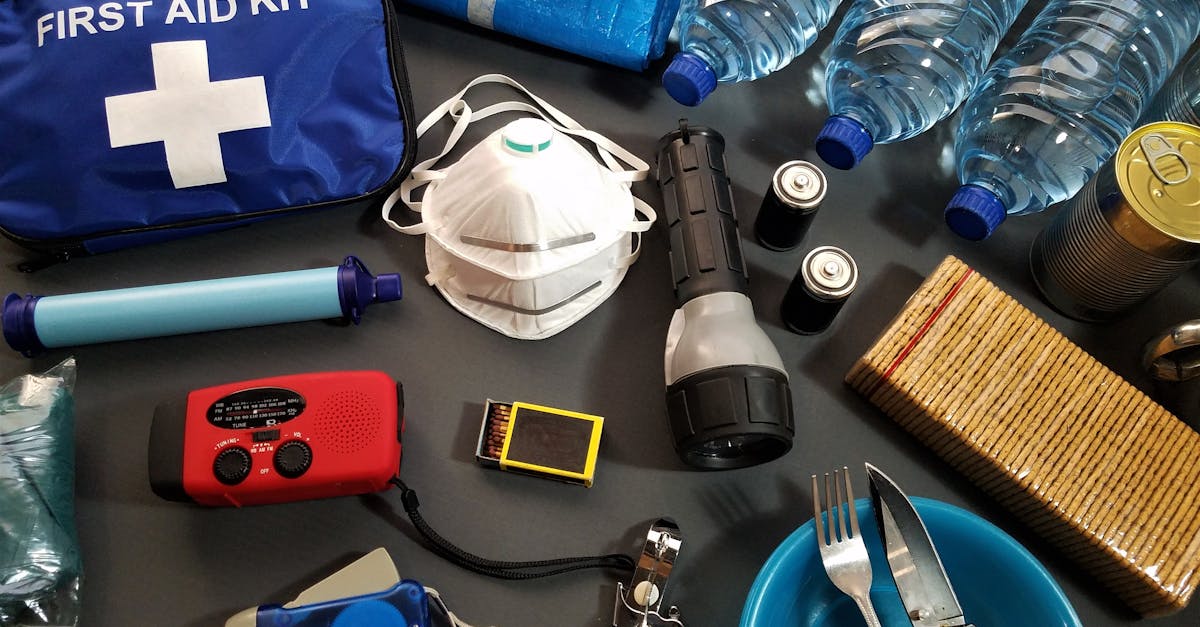Introduction: Preparedness Is Key 🐾
In today’s unpredictable world, preparing for emergencies is crucial not only for humans but for our beloved pets as well. Just as you wouldn’t want your family to be caught off guard during a crisis, the same consideration should extend to your furry companions. From natural disasters to man-made incidents, emergency scenarios require readiness. Imagine the peace of mind knowing that, in the face of adversity, your pet’s basic needs can be met promptly and effectively. This blog post delves into the essentials required to outfit your pet adequately for any emergency, ensuring their safety and well-being.
Why Pet Emergency Preparedness Matters
Imagine finding yourself in the middle of a hurricane or a wildfire, your home under threat, and you suddenly realize you have no provisions for your pet. The emotional and logistical nightmare can be overwhelming. Emergencies can strike without warning, and pet owners may only have minutes to act. Pets, like humans, can experience stress or trauma during these times, making it vital to have a well-organized emergency plan.
Common Emergencies That Can Affect Pets
- Natural Disasters: Hurricanes, tornadoes, earthquakes, floods, and wildfires can displace families and their pets.
- Man-Made Disasters: Situations like chemical spills, nuclear plant accidents, or bomb threats may require immediate evacuation.
- Health Emergencies: A sudden illness or injury to your pet that requires quick medical attention.
- Home Emergencies: Fires, gas leaks, or electrical hazards can necessitate an immediate departure from your home.
The Essential Components of a Pet Emergency Kit
Creating a comprehensive emergency kit for your pets is a straightforward but critical step. The kit should be easily accessible and regularly updated to ensure all supplies are in working order and within their expiration dates.
Food and Water
- Dry and Canned Food: Stock a minimum of a one-week supply of pet food, paying attention to any special dietary needs. Canned food has a longer shelf life but dry food should be kept in airtight containers.
- Water: Store enough water for both you and your pets. A general rule of thumb is one gallon of water per pet per day.
Identification and Documentation
- ID Tags and Microchips: Ensure your pet’s ID tags are up-to-date with current contact information. Microchipping your pets provides an additional layer of security.
- Emergency Contact List: Maintain a list of emergency contacts, including your vet’s phone number, a nearby animal hospital, and trusted friends or family members.
- Medical Records: Keep copies of your pet’s medical records and vaccination history in waterproof, ziplock bags.
First Aid Supplies
- Basic First Aid Kit: Include bandages, antiseptic wipes, antibiotic ointment, tweezers, scissors, and disposable gloves.
- Pet-Specific Medications: Any prescribed medications your pet takes regularly should be part of your kit, with clear instructions on dosages.
Shelter and Comfort
- Travel Crate or Carrier: A sturdy, comfortable crate or carrier is vital for safe transport.
- Blankets/Towels: These items can offer warmth and comfort or serve as makeshift bedding.
- Favorite Toys: Familiar items can provide comfort and relieve stress.
Hygiene and Waste Management
- Litter and Litter Box: For cats, include a small, portable litter box and litter.
- Bags and Disinfectants: Waste bags and disinfectants are essential for dogs and other pets to maintain hygiene.
Miscellaneous Supplies
- Leashes and Harnesses: Strong and durable leashes and harnesses for all pets to ensure control during evacuation.
- Multi-Tool: An all-purpose tool can be incredibly useful for unforeseen requirements.
- Muzzle: For pets that might be prone to anxiety or aggression in stressful situations.
Step-by-Step Guide to Creating Your Pet Emergency Plan
Having a well-thought-out emergency plan can save precious time when it matters most. Here’s how you can create an effective plan:
Assess Risks and Prepare:
- Know Your Risks: Identify the kinds of emergencies that are most likely in your area, whether they are natural or man-made.
- Pet-Friendly Shelters: Research and identify sheltering options that accept pets in case evacuation is necessary.
Pack Your Emergency Kit:
- Essentials First: As outlined, pack food, water, identification, medical supplies, and comfort items.
- Keep It Accessible: Place the kit in a spot that is quickly reachable in case you need to evacuate in a hurry.
Practice Your Plan:
- Evacuation Drills: Regularly practice evacuation procedures with your pet, so they become accustomed to their carrier and the process.
- Pet Handling: Train your pet to follow basic commands that will be helpful during an emergency.
Stay Informed:
- Weather Alerts: Sign up for local weather alerts on your smartphone.
- Community Resources: Familiarize yourself with community resources, including animal rescue organizations.
How to Handle Pet Stress and Anxiety During Emergencies
Stress and anxiety can significantly impact your pet’s health and well-being during emergencies. Managing this aspect is crucial for their safety.
Recognizing Signs of Stress
Pet stress can manifest in various ways, including excessive barking, pacing, aggression, or withdrawal. Recognizing these signs early allows you to act swiftly.
Techniques to Reduce Anxiety
- Remain Calm: Pets can sense your stress, so remaining calm can have a soothing effect.
- Comfort Items: Use familiar items like toys or blankets to offer reassurance.
- Calming Products: Consider using pet-safe calming products like sprays, chewables, or pressure wraps like ThunderShirt.
Post-Emergency Care
Once the immediate danger has passed, ensure you provide a quiet, secure space for your pet to recover from the stressful experience. Regular routines help re-establish a sense of normalcy.
Real-Life Success Stories and Lessons Learned
To illustrate the importance of being prepared, let’s look at some real-world examples where preparations made a significant difference.
The Case of Hurricane Katrina
During Hurricane Katrina, many pet owners were separated from their pets due to a lack of preparedness and accommodation. This event led to legislation changes, emphasizing the need for pet inclusion in emergency plans.
The California Wildfires
In contrast, during the California wildfires, many families successfully evacuated with their pets thanks to pre-prepared emergency kits and plans.
These stories emphasize the vital role preparation plays in safeguarding our pets.
Closing Thoughts: Take Action Now! 🤝
Preparation is more than just a good idea; it’s a responsibility that comes with pet ownership. By outfitting your pet for emergencies, you safeguard their future and strengthen your peace of mind. Time invested now in creating an emergency kit and plan will pay dividends during an actual crisis.
Action Steps
- Start by assessing your pet’s specific needs.
- Gather supplies for your pet emergency kit.
- Create and practice your evacuation plan.
- Stay informed and up-to-date on potential threats in your area.
Taking these steps ensures that you and your pet are ready for whatever comes your way. Being prepared isn’t just about survival; it’s about maintaining the quality of life and love you share with your furry friend.
For further information on pet emergency preparedness, you can visit resources like the American Veterinary Medical Association’s emergency planning for pets.
Stay safe, stay prepared, and ensure your pets are always ready for any emergency! 🐶🐱












